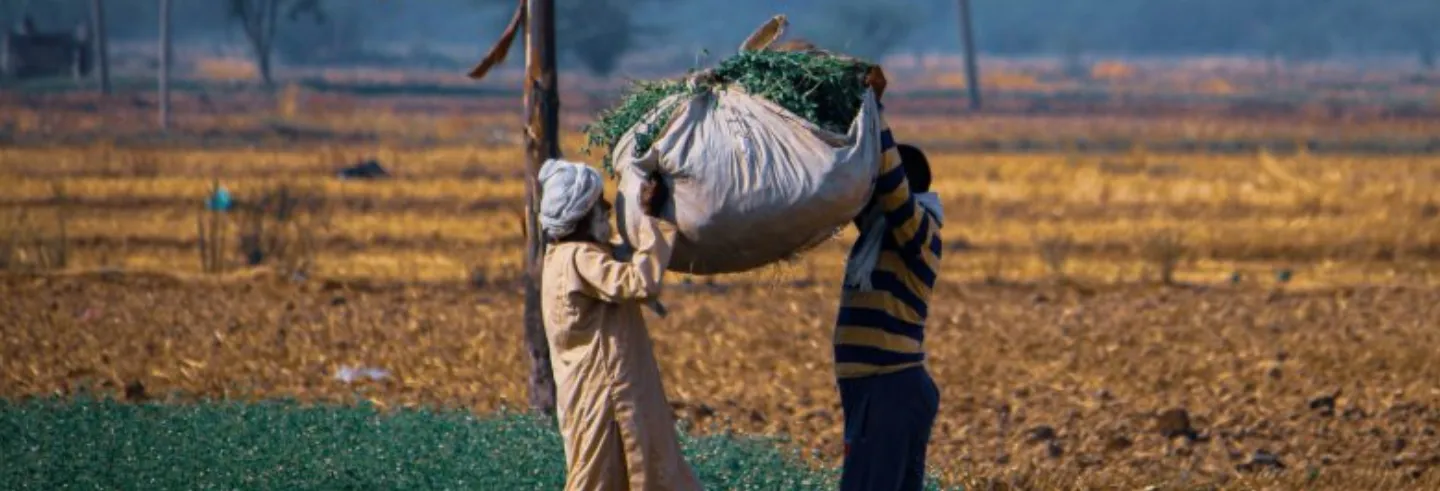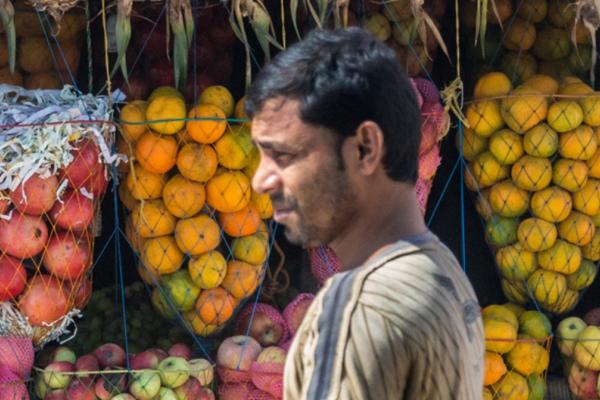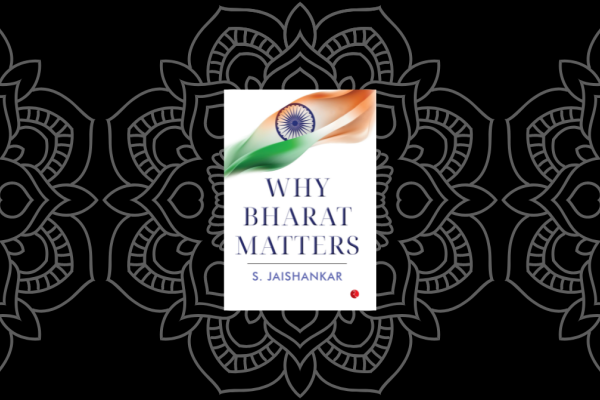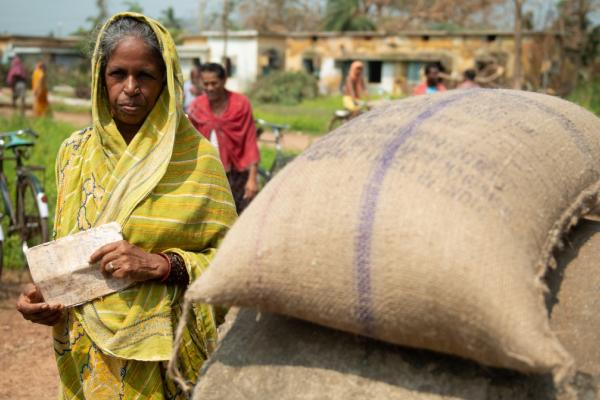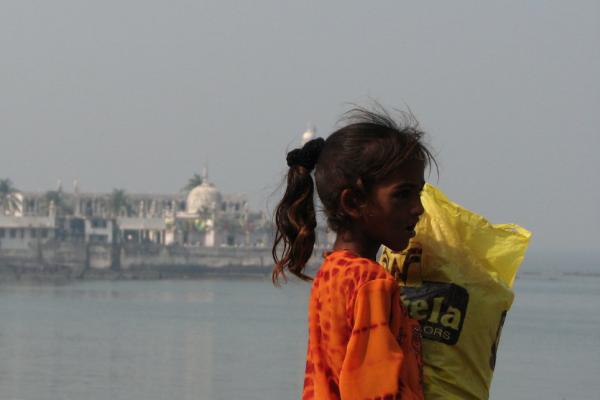Farmer suicides are back in focus. Media reports suggest that in April 2022 alone 14 Punjab farmers died by suicide. According to the Bharatiya Kisan Union (Ugrahan), the biggest farmers’ union in Punjab, 55 farmers and farm labourers died by suicide since 1 April 2022. These farmers seem to have been hit hard by the rising costs of inputs such as land rent, diesel, and fertilisers on one hand and losses in two consecutive crop seasons on the other. Cotton in kharif 2021 was damaged by the pink bollworm pest and wheat in rabi 2021–22 suffered losses due to high temperatures in March 2022.
But was not similar stress suffered by farmers in the adjacent state of Haryana too? Or even in Uttar Pradesh and Madhya Pradesh? Then what is it about Punjab farmers, mostly known for their enterprise and valour, that drives them into taking such an extreme step? We share some insights on this from our recently released study on farm loan waivers (FLW), which includes the results of a survey of about 3,000 farmers in Punjab, Maharashtra, and Uttar Pradesh.
But first, the context.
According to the Situation Assessment Survey (SAS) 2018-19 of the National Sample Survey Office (NSSO), on an average, Punjab farmers earned the second highest level of income in the country. An average farmer household in Punjab earned about Rs 26,701 a month (or about Rs 320,412 a year), compared to India’s average of Rs 10,218 a month (or Rs 122,616 a year). Before the 2018–19 results were released, all previous SAS results had showed Punjab farmers earning the highest level of income in the country. Things changed in SAS 2018–19 when incomes of Meghalaya farmers overtook those of Punjab. A Meghalaya farmer earns about Rs 29,348 a month or about Rs. 352,217 a year, according to the SAS 2018–19.
The frequency of farmer suicides in Punjab has jumped since 2015. From nearly 70 suicides a year between 2000 and 2014, the number increased by nearly four times to 263 a year after 2015 (peaking at 323 in 2018).
In terms of farmer suicides in the country, Punjab did not rank high, at least till 2014. According to the data on suicides from the National Crime Records Bureau (NCRB), 10,677 farmers (who owned or leased-in land) and farm labourers died by suicide in the country in 2020. Out of these, 257 (or 2.4%) were from Punjab. These deaths constituted about 10% of the 2,616 suicides that year in Punjab.
The frequency of farmer suicides in Punjab has jumped since 2015 (Figure 1). From nearly 70 suicides a year between 2000 and 2014, the number increased by nearly four times to 263 a year after 2015 (peaking at 323 in 2018). The years 2014 and 2015 were consecutive drought years, a rare phenomenon. But since Punjab’s net irrigation ratio is close to 100%, correlating the increased number of suicides in those years with droughts does not seem obvious.

According to NCRB data, it appears that most of the farmer suicides in Punjab were by landowners. That is not to say suicides by farm labourers were not increasing. In terms of land holding, not surprisingly, deaths by suicide were highest amongst small and marginal farmers, with the small category (farmers with an area between 1 and 2 hectares) emerging as the most vulnerable (Figure 2).

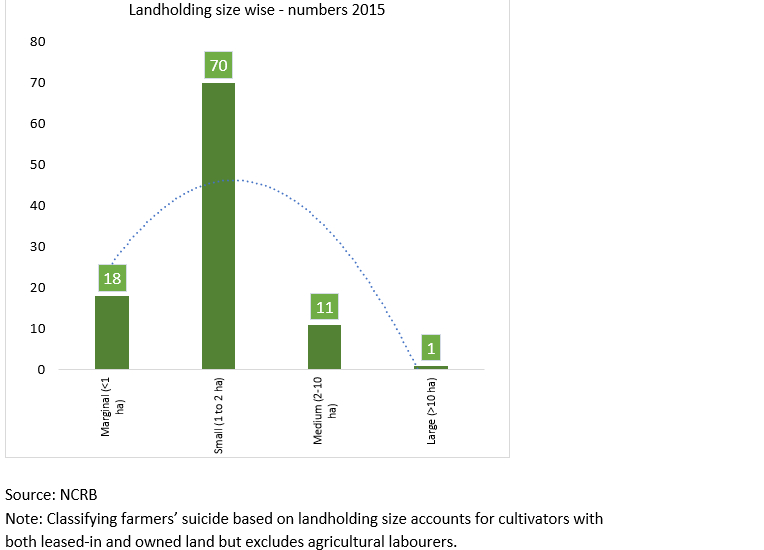
The incomes of Punjab’s marginal farmers (those operating on less than 1 hectare) are more diversified than its small farmers. According to SAS 2018–19 data, about 64% of the monthly incomes of small landholder farmers came from cultivation activities, whereas 50% to 76% of a marginal farmer’s monthly income came in the form of wages or salaries and incomes from non-farm activities. A huge dependence on crops makes small farmers more vulnerable, it appeared.
What our survey says
In 2020, we conducted a survey in Punjab, Maharashtra, and Uttar Pradesh while researching farm loan waivers. About 3,000 farmers were surveyed in the three states with the aim of evaluating various aspects related to the loan waivers. In Punjab, 1,000 farmers were interviewed. One of the aspects we studied was the connection between indebtedness and farmer distress. In the case of Punjab farmers, certain features were worth noticing:
Punjab farmers borrowed heavily: Across landholding size categories, Punjab farmers reported taking the highest amount of loans among the three states (Figure 3). A marginal farmer in Punjab took, on an average, a loan of about Rs 3.43 lakh a year. In Maharashtra, a marginal farmer borrowed less than 20% of this amount (Rs 61,000), and in UP, less than one-fourth (Rs 84,000).

To some extent, this higher need for borrowing can be linked to the higher cost of cultivation in Punjab. According to data for 2018–19 from the Directorate of Economics and Statistics, Ministry of Agriculture, producing a quintal of maize costs (C2 cost) about Rs 1,200 in Bihar, about Rs 1,485 in Karnataka, and about Rs 1,800 in Punjab. In the case of wheat, while MP produces a quintal for less than Rs 1,200, Punjab produces it for about Rs 1,250. So too with mustard. While Rajasthan produces a quintal of mustard for Rs 2,700, MP produces it for about Rs 2,600, and Punjab requires about Rs 3,550. Even with 100% access to irrigation and free electricity and water, farming in Punjab is still very expensive.
Punjab farmers borrowed expensive: According to survey responses from the three states, the average rates of borrowing ranged between 5.96% and 7.72% for institutional loans and between 10% and 21% for non-institutional loans (Figure 4).

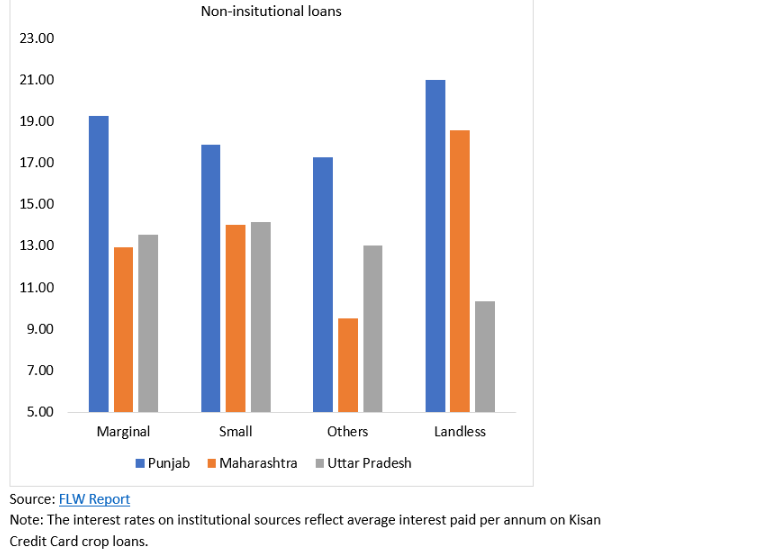
Irrespective of landholding size, institutional loans were the most expensive for the Punjab farmer (annual interest charged was between 7.35% and 7.72%). In the case of non-institutional loans too, the Punjab farmer, on an average, paid high interest rates ranging between 17% and 21% per annum.
High diversion of funds: Our research revealed that farmers in all three states diverted some proportion of their agricultural loans to non-agricultural purposes. But the extent of diversion in Kisan Credit Card (KCC) crop loans was the highest in Punjab.
In Punjab, on an average, about 41% of the KCC crop loan amount was spent on meeting family expenses. In the case of non-institutional loans, about 28% of the loan amount was spent on meeting family expenses. In Maharashtra, about 26% of the KCC crop loans were diverted to meet personal, family, and other expenses. In UP, the extent of diversion of KCC crop loans was about 13%, but unlike in Punjab and Maharashtra, the diversion of KCC term loans was the highest at about 34%. The diversion of loans to meet non-productive consumption expenditure was likely to deepen the debt burden of these farmers.
Overall, by now we may deduce that Punjab farming is expensive with farmers borrowing large amounts at very high rates of interest. But is this causing distress to them and driving many of them to suicide?
Causes of distress to Punjab farmers
According to the NCRB’s 2015 report (latest report that details cause of suicides), about 51% of farmer suicides in Punjab were due to a high level of indebtedness, mostly to institutions. This was followed by illness (20%), family problems (9%), farming-related issues such as crop failures (7%), property disputes (6%), poverty (3%), drug/alcohol abuse (2%), and other reasons such as marital issues and social reputation (2%).
Punjab farmers ranked loss of crops, rising input costs, income volatility, declining productivity, market-related issues, absence of insurance, compensation, and infrastructure as causing them greater distress than indebtedness.
What is intriguing is that in a country where 70% of agricultural households do not have access to institutional loans (only 30.3% of agricultural households take loans from institutions, according to the National Bank for Agriculture and Rural Development’s All India Rural Financial Inclusion Survey 2015-16), 51% of the farmer suicides are attributed to heavy indebtedness to institutions. On the face of it, this seems very high.
In our survey, Punjab farmers ranked loss of crops, rising input costs, income volatility, declining productivity, market-related issues, absence of insurance, compensation, and infrastructure as causing them greater distress than indebtedness.
Putting the pieces together
Punjab’s farming is expensive, both in terms of paid-out costs and opportunity costs. This is even after we have accounted for high yields.
Take the example of Punjab’s paddy and wheat, whose yields have been the highest in the country at about 4 tonnes a hectare and 5 tonnes a hectare, respectively. But these yields have been stagnating in recent years. While water and soil have been deteriorating due to indiscriminate use of fertilisers and of even spurious pesticides, the cost of cultivation has been rising mainly due to labour shortages, irrigation costs from diesel-run tube wells, and expensive fertilisers and pesticides.
The rising cost of cultivation has pushed up the need for borrowing in Punjab. Farmers there can borrow more as the value of their land is very high. This also explains the very high borrowing by them — banks often take the land as collateral and advance large amounts as loans.
There are huge societal pressures in Punjab, where a farmer has to spend large sums of money not just on social occasions such as weddings but also when a member of the family member dies.
The dependence of farmers on non-institutional sources of credit such as arhatiyas (commission agents) is also high. In Punjab, an arhatiya is considered a friend, philosopher and guide to farmers. He helps in selling the produce and also offers farmers unsecured loans for consumption. The high output of wheat and paddy and their arrival in the market at about the same time means the arhatiyas facilitate procurement by government agencies. They therefore have the leverage to recover their loans on which they charge high rates of interest. They also have licences to sell chemicals and fertilisers to farmers.
Thus, the farmer is tied up with arhatiyas and this relationship has continued to be strong over the years. In the case of wheat and paddy farmers, this relation is solid. But in the case of horticultural crops such as kinnow or potato seeds, where the produce is largely sold outside Agricultural Produce Market Committees (APMCs), the relation is not so strong.
Moreover, there are huge societal pressures in Punjab, where a farmer has to spend large sums of money not just on social occasions such as weddings but also when a member of the family dies. The rituals in the state are elaborate and more expensive compared to other states. It is no surprise that Punjab has a high diversion of loans, which have been primarily sanctioned for agricultural use, to consumption.
Going forward
Punjab’s farmers are known for their enterprise and courage. They have not just fed the country and provided it with food security, but have done so sustainably over the years. With nearly 100% irrigation coverage, even when yields in other states have faltered in drought years, Punjab has stood steady with its supplies of rice and wheat.
Over the years, researchers, academicians, and even policymakers have been highlighting that not all is well with Punjab agriculture. Now, with an increasing number of suicides, even farmers seem to be waving the red flag. If all is not well with Punjab agriculture, it needs to be fixed quickly, and we suggest a few steps.
Crop insurance or compensation to farmers: With growing vulnerability to rising temperatures and erratic weather, agricultural production in Punjab, just as in other states, has become volatile. Punjab has not participated in the central government’s crop insurance scheme because the highest level of indemnity under it is 90% but the extent of crop losses in Punjab is usually lower than 10%. In such a situation, no claim for losses by the state will be admissible. In the case of calamities, the state has been compensating farmers from its own budget. For kharif 2021, the Punjab government paid Rs 101 crore as compensation to cotton farmers who suffered due to the pink bollworm attack. The compensation for damage to the wheat crop of rabi 2021–22 has yet to be announced.
The green revolution in Punjab was initiated by the union government so that food security could be ensured for the country. A similar initiative is needed now so that Punjab continues to produce agricultural commodities for the country.
Track farmer distress: With the lurking reality of climate change and no crop insurance policy, the Punjab government would do well to track farmer’s distress on a real-time basis. By creating a dynamic distress index at the district level, the state can track the progress of crops and assess the welfare of farmers by evaluating if they had timely access to inputs. It can also estimate the extent of any damage to crops and can advise farmers to take preventive steps. Such an index can also be used to nudge them towards diversification of crops. The existing data and analytics permit such a real-time exercise today.
Diversification: The need to diversify from the paddy-rice cycle has been pointed out in several expert reports. Punjab farmers have to explore new markets and new crops and reduce their dependence on the state government’s procurement. The green revolution in Punjab was initiated by the union government so that food security could be ensured for the country. A similar initiative is needed now so that Punjab continues to produce agricultural commodities for the country. Some results have begun to show. In 2021, the Punjab government passed the tissue-based Seed Potato Act 2020 to make traceability and certification of potato seeds mandatory. Today, Punjab has become the potato seed capital of the country.
Nurture a progressive credit culture: Increasing the access to institutional credit is critical even for Punjab. An innovative credit disbursal mechanism needs to be evolved so that a reasonable amount is available to farmers as a consumption loan. Farmers have to be discouraged from diverting agricultural loans to non-productive uses.
While announcing the repeal of the three farm laws (enacted in 2020), the central government had promised to set up of a committee consisting of representatives of the union and state governments, farmers, and experts. It is hoped that Punjab will receive the importance it deserves in the committee’s deliberations.
Shweta Saini, an economist, and Siraj Hussain, a former union agriculture secretary, are promoters of Arcus Policy Research Private Limited. Pulkit Khatri is a consultant with the company.


